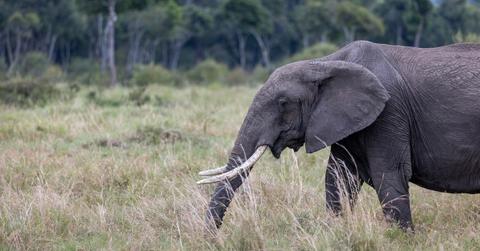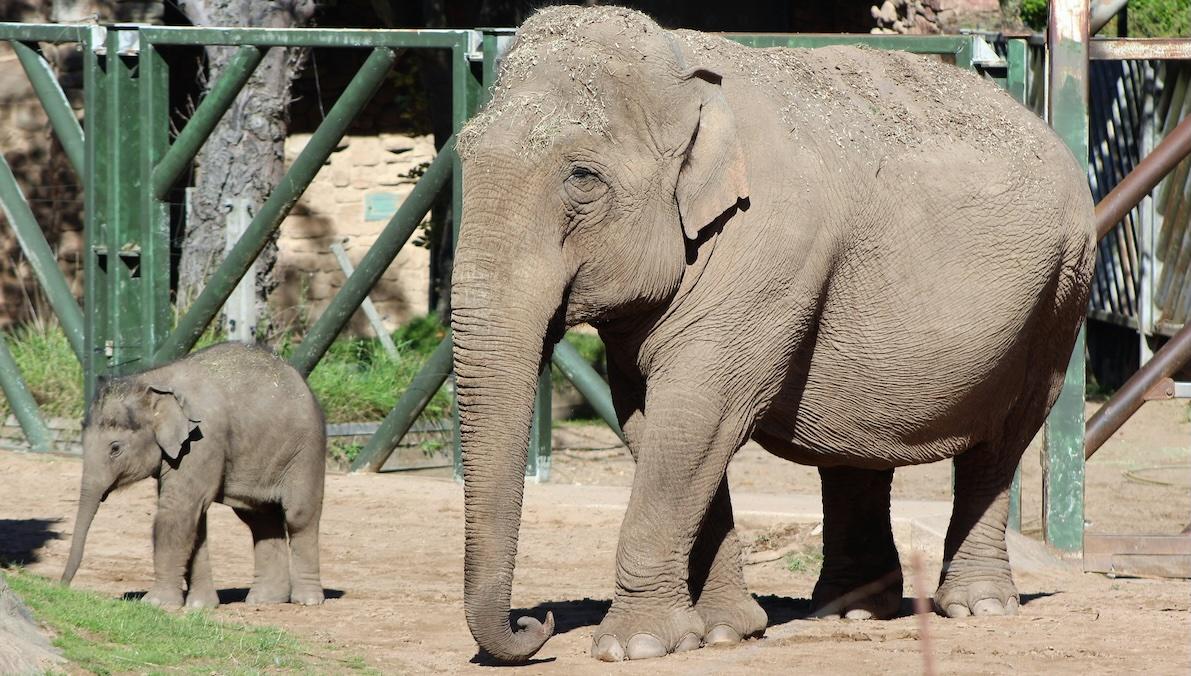Colossal Breakthrough: How A New Vaccine Is Changing Conservation Forever
"This is a monumental achievement in science and a huge step forward for animal conservation."
Published July 26 2025, 5:21 p.m. ET

In a stunning medical breakthrough that’s sending ripples of hope through the conservation world, the world’s first mRNA vaccine for Elephant Endotheliotropic Herpesvirus (EEHV) is proving to be a game-changer. And the stars of this show? Two young bull elephants at the Cincinnati Zoo & Botanical Garden, Sanjay and Kabir, who were on the ropes with the deadly virus but are now testing negative, clear as a bell. This isn't just a win; it's a revolution for Asian elephants, both in the wild and under human care.
This is a historic achievement born from a relentless partnership between Dr. Paul Ling, a virologist at BCM, Colossal Biosciences, and the Houston Zoo. For years, they've been pushing the boundaries of EEHV detection and treatment, developing sensitive diagnostic and antibody tests that have become the gold standard for managing this insidious virus worldwide.

EEHV, for those not in the know, is a silent killer, the leading cause of death for juvenile Asian elephants, wiping out a staggering 60-80% of those it infects in North America and Europe. It has also decimated hundreds in its native range, posing a constant threat to this endangered species. But now, there’s a new anthem playing.
Colossal Biosciences, the headline-making animal de-extinction juggernaut that broke the internet earlier this year with their announcement that they had brought back the dire wolf, played a key role.
CEO and Co-Founder Ben Lamm is thrilled to be a part of this achievement: “The EEHV vaccine is a small offshoot of our woolly mammoth project and the type of progress that we know is possible as we continue forward with the science of de-extinction. This was an idea just two years ago and a reality now. It’s just the beginning.”
The story of Sanjay and Kabir's salvation began in 2023 when they arrived in Cincinnati from the Dublin Zoo. Testing at BCM’s EEHV serology lab revealed a critical vulnerability: these youngsters lacked the crucial maternal antibodies against the virus. The Cincinnati Zoo, dedicated to cutting-edge elephant care, immediately set up an in-house EEHV PCR lab to keep a hawk-eye on the virus. They even tried plasma transfusions, but the antibody levels simply weren’t reaching the target.
Enter the mRNA vaccine. In Fall 2024, Sanjay and Kabir became pioneers, receiving the groundbreaking jab. The early results were spectacular: strong antibody responses against EEHV, mirroring those seen in elephants who’d miraculously survived natural infections. By February 2025, those antibody levels were still holding firm, far outlasting the plasma transfusions.
Then came the real test. When a herd mate, Sabu, started shedding EEHV, the Cincinnati Zoo's in-house lab swung into action. In February 2025, low levels of EEHV were detected in Sanjay's blood – a red flag, but remarkably, he showed no symptoms. His viral levels stayed low, eventually clearing completely, while his antibody levels soared. The vaccine had done its job, training his immune system to repel the attack. Kabir soon followed suit, experiencing a mild infection and making a full recovery without intervention. These are the first documented natural exposures post-vaccination, and they scream one thing: this vaccine works.
This monumental achievement wasn't a solo act. Key partnerships with Dr. Jeroen Pollet of the National School of Tropical Medicine, the International Elephant Foundation (IEF), and the Houston Methodist Center for RNA Therapeutics all played their part in bringing this rock-and-roll rescue to life.
What does this mean for the future of these magnificent creatures? It means hope, it means science stepping up, and it means the beat goes on for Asian elephants. As Lamm relayed, “This is a monumental achievement in science and a huge step forward for animal conservation. What’s more, it signals what a committed group of partners can do to change the world. Imagine what’s next as we do more, together with even more focus. We can reverse animal deaths globally and preserve species.”